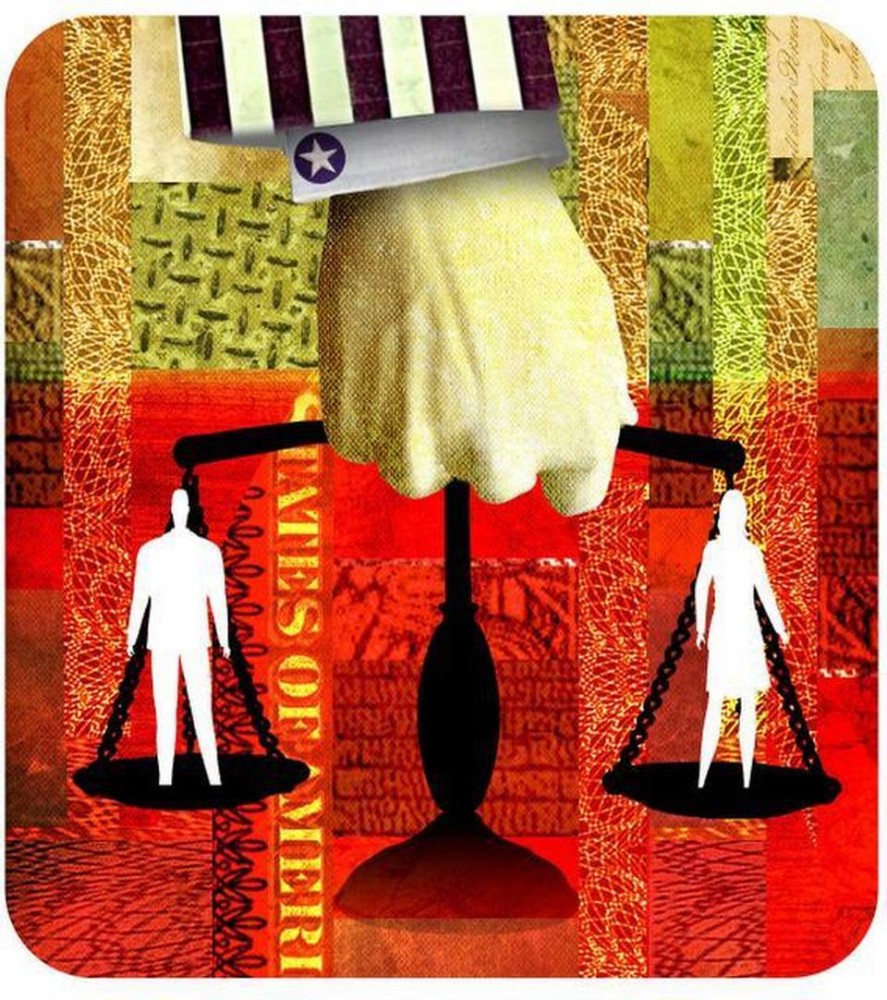By Paula Burkes
The Oklahoman, Oklahoma City
WWR Article Summary (tl;dr) According to a survey released today by Bridge Learning, equal pay is the issue most women and men want and expect to change by 2020. This article takes a look at a bill for pay equality in Oklahoma however there are similar efforts underway across the country to support the economic empowerment of women.
Oklahoma City
On this International Women’s Day, a bill for pay equality for women and men may be heard on the floor of state House of Representatives as early as this afternoon. It must be heard, and passed, by the end of Thursday’s session to advance to the Senate.
HB2929 seeks to eliminate pay secrecy policies by prohibiting employers from punishing employees for disclosing their own wages or discussing a co-worker’s wages, said Danielle Ezell, executive director of the Oklahoma Women’s Coalition, whose organization lobbied for the bill. The legislation also would increase fines for employers who don’t pay women fairly.
Equal pay is the issue most women and men want and expect to change by 2020, according to a survey released today by Bridge Learning.
Of more than 1,000 working men and women across the U.S., 29 percent of women and 16 percent of men say they’ve witnessed gender bias at work over the past 12 months. Nineteen percent see the most discrimination in men receiving greater compensation for equal work, while 31 percent see the most discrimination in men receiving greater promotions and more leadership positions.
A nationwide online survey by Harris Poll for Chicago-based CareerBuilder found similar results. Of 223 human resources professionals and more than 3,200 workers polled, only 35 percent of women believe there’s equal pay, compared with 56 percent of men. And 39 percent of women say there are equal opportunities for advancement, compared with 60 percent of men.
Results indicate younger workers believe the sexes are closer to parity. Sixty-one percent of those 18 to 24 believe men and women are on equal footing, and half of those 25 to 34.
Men were nearly three times as likely to report earning six figures and nearly twice as likely to earn $50,000 or more. Women were twice as likely to report earning less than $35,000.
Some Oklahoma workers on Facebook said they too have witnessed gender bias.
Susan Bohl, executive director of Call Okie, said her male counterparts across the nation are paid an average $140,000 salary and $30,000 bonus, while women directors on average earn a $110,000 salary and a $15,000 bonus.
Charlie Brockman, an aircraft mechanic at Tinker Air Force Base, said the federal government’s automatic step raises guard against gender bias. “But there are ways to put people in positions that receive more pay,” Brockman said, “and they usually are the most attractive women.”
PayScale.com online salary database just released a new report finding workers at tech companies are overwhelmingly young and male. Seven of 18 companies compared have a median employee age of 30 or younger, and 10 have workforces with fewer than 30 percent female employees.
Meanwhile, the Washington, DC-based National Institute on Retirement Security (NIRS) this month reported women have substantially less income in retirement than men. For women age 65 and older, the typical income is 25 percent lower than men. Moreover, as men and women age, men’s income advantage widens to 44 percent by age 80 and older. Consequently, women were 80 percent more likely than men to be impoverished at age 65 and older, while women age 75 to 79 were three times more likely to fall below the poverty level as compared to their male counterparts.
The findings “should be a call to action for policymakers,” Diane Oakley, NIRS executive director and report co-author. “Women are financially disadvantaged because we still earn less than men and we typically take time out of our careers for care giving — both of which reduce our ability to prepare for retirement. As a result, more women are spending their retirement years working.”
The report finds that in 2010, men received $17,856 in median retirement income from a pension, whereas women received $12,000, or 33 percent less. Meanwhile, in 2014, the median amount accumulated in 401(k)-type retirement account assets was $36,875 for men and $24,446 for women, or 34 percent less, according to Vanguard.
Other key findings:
* Widowed women are twice as likely to be living in poverty than their male counterparts. White and black women are almost twice as likely to be living in poverty than their male counterparts during retirement.
* Labor force participation among women aged 55 to 64 climbed from 53 percent in 2000, to 59 percent in 2015, with a peak of 61 percent in 2010. Women may be working longer in order to make up for lower retirement savings over their careers and to offset investment losses from the Great Recession, the data suggested. Women’s higher rates of part-time employment and shorter job tenure may make it more difficult to meet employers’ eligibility requirements for retirement plans compared to men.
* Though the median household incomes of individuals aged 65 and older has increased, women have 26 percent less income than men. While both women and men have decreased their reliance on Social Security since 2009, the proportion of income from defined benefit (DB) pensions has remained steady, supplying about one-fifth of income for both women and men. Older men and women have increased their reliance upon earnings since 2009.
* Women who are widowed, divorced, and over age 70 rely on Social Security benefits for a majority of their income.














































































































































































































































































































































































